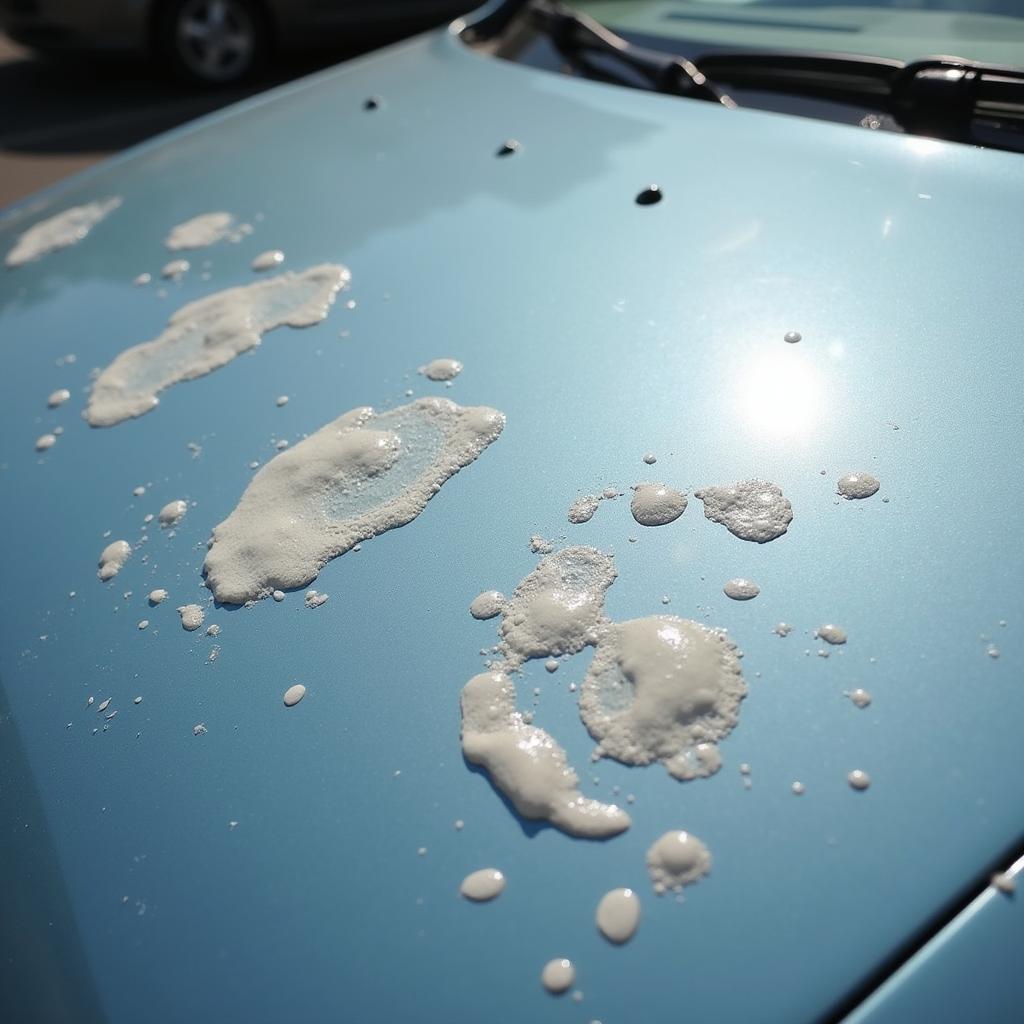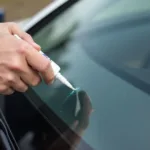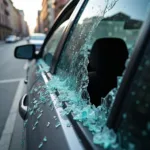Paint blisters on your car can be a real eyesore, especially if you take pride in your ride. These pesky bubbles often pop up after prolonged sun exposure, making “hot sun repair” a common search term for car owners. But what causes these blisters in the first place, and more importantly, how can you fix them?
Understanding Paint Blisters: Why Does My Car Look Like Bubble Wrap?
Before diving into the repair process, it’s crucial to understand the “why” behind those unsightly bubbles. Paint blisters occur when the paint layers lose their adhesion to the car’s body, creating a pocket of air or moisture underneath. Several factors can contribute to this:
- Intense Heat: Prolonged exposure to the sun’s UV rays can damage the paint’s chemical composition, causing it to become brittle and separate from the surface.
- Improper Paint Application: If the car wasn’t prepped properly before painting, or if the paint was applied incorrectly, it can lead to poor adhesion and, ultimately, blisters.
- Moisture: When moisture gets trapped under the paint layers, whether from humidity, rain, or even improper car washes, it can cause the paint to lift and bubble.
DIY or Call in the Pros: Assessing Your Paint Blister Situation
Now that you understand the causes, let’s determine the best course of action for repair. Minor blistering might be tackled with DIY methods, while severe cases often require professional intervention.
DIY Fix: For small, isolated blisters, you can try these steps:
- Clean the Area: Thoroughly wash and dry the affected area.
- Sand the Blisters: Use fine-grit sandpaper (2000-grit or higher) to carefully sand down the blisters until the surface is smooth and even.
- Prime and Paint: Apply a thin coat of automotive primer to the sanded area, allow it to dry completely, and then apply matching touch-up paint.
- Clear Coat: Once the paint dries, apply a clear coat to protect the repair and blend it with the surrounding finish.
Professional Help: Consider professional help for extensive blistering, as it often indicates deeper issues with the paint job. A professional auto body shop can:
- Assess the damage and identify the root cause.
- Completely remove the affected paint layers.
- Repair any underlying surface imperfections.
- Apply a fresh, high-quality paint job for a lasting finish.
Preventing Paint Blisters: Keeping Your Car Looking Sharp
Prevention is key to maintaining a flawless car finish. Here are some tips:
- Park in the Shade: Whenever possible, park your car in a shaded area or use a car cover to minimize direct sun exposure.
- Regular Washing and Waxing: Frequent washes remove contaminants that can damage the paint, while waxing provides a protective layer against UV rays.
- Address Issues Promptly: If you notice any paint chips, scratches, or minor blistering, address them promptly to prevent further damage.
“Preventing paint blisters is far easier than dealing with extensive repairs later on,” advises John Miller, a seasoned automotive paint specialist with over 20 years of experience. “Simple steps like parking in the shade and regular maintenance can go a long way in preserving your car’s paint job.”
FAQs: Your Burning Paint Blister Questions Answered
Q: Can I just pop the paint blisters and leave them?
A: No, popping the blisters will only worsen the damage. It exposes the underlying layers to further damage from moisture and contaminants.
Q: How long does it take for paint blisters to form in the sun?
A: The time it takes for paint blisters to form varies depending on factors like paint quality, sun intensity, and overall car care. However, prolonged exposure to intense heat accelerates the process.
Need Help with Car Repair?
We’re here to help! Contact us via WhatsApp: +1(641)206-8880 or Email: [email protected] for 24/7 support.



